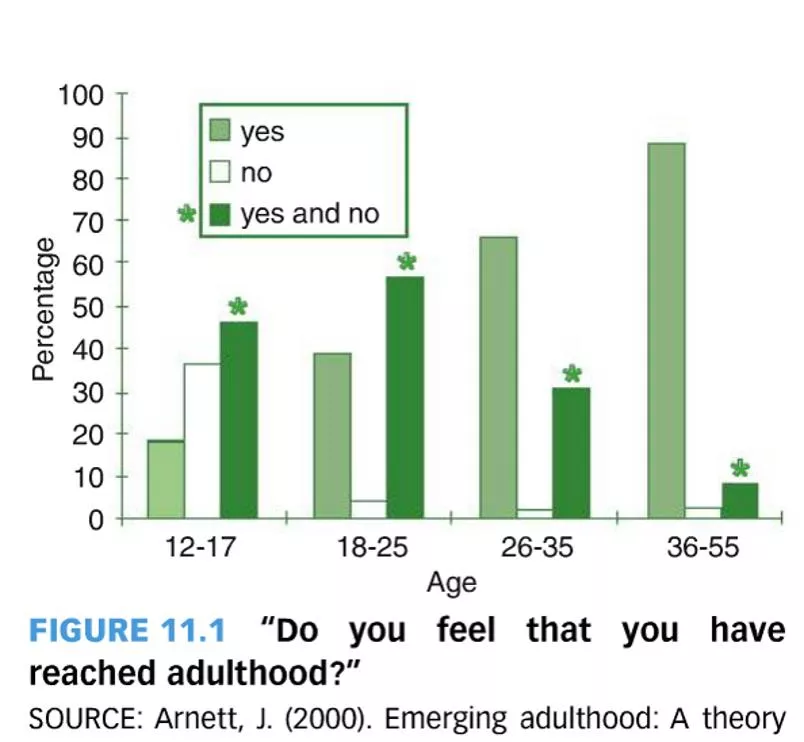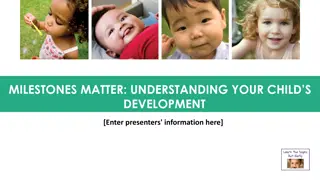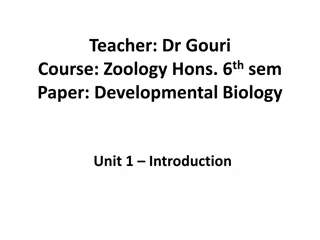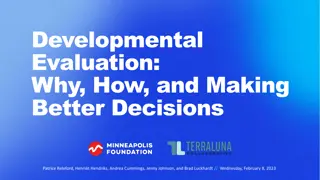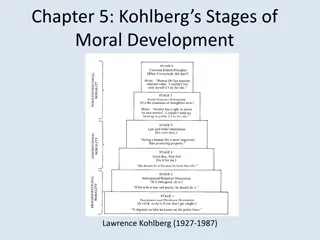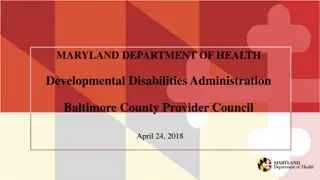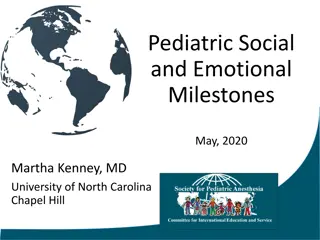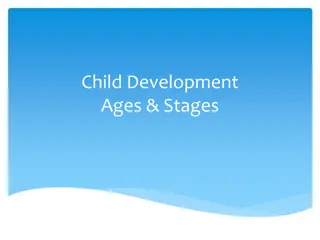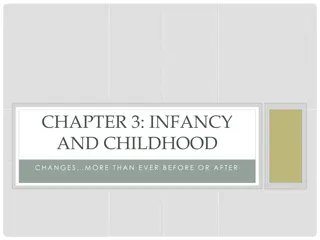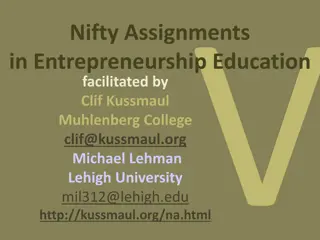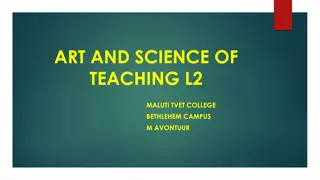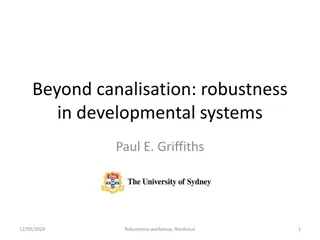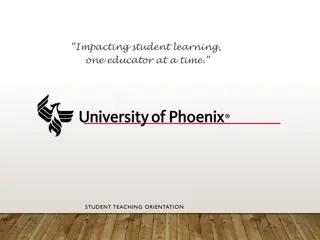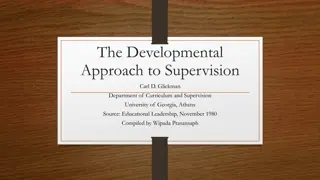Practical Teaching Ideas for Supporting Student Developmental Stages
Explore practical teaching ideas based on research to support students in various developmental stages, ranging from adolescents to emerging adults. The focus is on creating environments that suit different stages, acknowledging and adapting to students' developmental needs, and fostering intrinsic motivation.
Download Presentation

Please find below an Image/Link to download the presentation.
The content on the website is provided AS IS for your information and personal use only. It may not be sold, licensed, or shared on other websites without obtaining consent from the author. Download presentation by click this link. If you encounter any issues during the download, it is possible that the publisher has removed the file from their server.
E N D
Presentation Transcript
Scholarship of Teaching & Learning: Practical Teaching Ideas based on Research Jenna Cambria Educational Statistics and Research Methods (RHRC)
Motivation (my particular area of focus) Study influences on student outcomes (choices, well-being, and achievement) Examine questions about representation in certain fields Several multimillion dollar grants Here is what I have learned! Jenna s top research based ideas for supporting your students!
1: Consider how the environment suits the stage Stage environment theory was put forth by Jacque Eccles and Carol Midgley (Eccles et al., 1993; Eccles & Roeser, 2009) This theory suggests that when there is good fit between the psychological needs demanded by a psychological stage, there is context that supports well-being For example, when an adolescent is achieving new abilities in formal operations and abstract thinking, have increased needs for autonomy, feel personal fables Environments that do not allow for choice or foreclosed thinking are likely to lead to a frustrated adolescent, which might result in behavioral or emotional difficulties.
1: Consider how the environment suits the stage Emerging adults 18-25 (conservatively) or 18-29 years old (more typically) (Arnett, 2000), experience by all but extent limited by social/societal supports Identity exploration Instability Self-focus Feeling in between Age of possibility
1. How can we as faculty acknowledge/accept/adapt to our students developmental stage? Identity exploration Think about your assumptions of what they should be like Instability Keep in mind that they might have different stressors than you. Self-focus Reflection assignments! (Deep learning strategies) Feeling in between They look adults, but most do not feel like it. Age of possibility They might be noncommittal (e.g., to a major or a course)
2: Find opportunities for intrinsic motivation Self-determination theory: macro theory of human motivation (Ryan & Deci, 2000) (not just emerging adults!) Spectrum between intrinsic motivation and extrinsic motivation Needs: Autonomy, competence, relatedness People crave volition/control over their actions, feeling a sense of self-efficacy, connectedness with peers and their instructor People (students) are most likely to become intrinsically motivated when these three needs are fulfilled
Tip 2: Find opportunities for intrinsic motivation Choice between writing prompts Ask their opinion about how they want an exam set up Give opportunities for relatedness (e.g., have them reflect and comment back about the parts you can relate to, choice to work with a partner or not) Journal in first 5 minutes and respond, relatedness Give strength-based supervision (Wade). Give a route for future success when things aren t going well. Multiple entry points to support competence Be a dorky role model of interest. Spark to fire, aka harnessing activities (Videos, hands on activities, involve surprise)
3: According to research, you can affect task values Based on work on expectancy-value theory. Subjective task values are how a task is related to individual s sense of usefulness, importance, enjoyment, and cost (Hulleman & Harackewiecz, 2009; Rozek, 2015) Utility value can be affected in the long term pretty easily. Research on math utility value (remembering and valuing) Value for taking part in a STEM field Longitudinal effects With parents, with peers, and guest speakers
3: According to research, you can affect task values What can you do? Talk specifically and redundantly about why content is useful and why you are making the choices you are making In my class we do a final reflection on 3 concepts that can be used in their profession (I am playing psychological mind games to help them remember and use content) Bring in guest speakers, if possible, to talk about utility. In our research, girls were most interested in math when they had a female that was about 10 years older than them talk to them about math. Don t assume who matters to them, talk to them. Have them write down Why does this matter today? Why is this good for me? Why does this matter for their future?
4: Build trust and community in your class Create a classroom community where students feel welcome, supported and valued by the teacher and their peers Incorporating what students value from their own communities into their instruction (culturally relevant instruction). Learn this from talking with them, having them write down. Consider their families, experiences, and knowledge that might not "fit" into the curriculum, but is invaluable (Byrd, 2016; Moll et al., 2005; Sternberg et al., 2007) Culturally Responsive Teaching: Theory, Research, and Practice, Geneva Gay
4: Build trust and community in your class I found that tasks building trust/community in my class made it easier for when we got to the hard conversations or in being able to seek help when its needed Favorite song Review visual reflection (Shoulders) as a group and give your own reflection Talk to them, listen to them, have them journal. Don t make assumptions. Model bridge building Software for big classrooms (Poll everywhere, Kahoot, Word Cloud, there are a ton!) Preparing them for and executing hard conversations
Now before we get to the next idea. A hands on activity
Here is an example Please, tie a slip knot
Tip 7: Zone of Proximal Development Be wary of task difficulty, both too easy and too hard tasks are frustrating Zone of proximal development (Vygotsky), the area where it is not too easy, not too difficult and they can meet the goal with some scaffolding. Motivation can plummet without proper time, prep, scaffolding, or background knowledge Look into work on how you can use differentiated instruction in your class/Consider learning preferences (not learning styles).
8: Consider Basic Needs This is Maslow's Hierarchy of Needs
8: Consider Basic Needs Information on campus food pantry https://service.uark.edu/foodprograms/jane-b-gearhart-full-circle-food- pantry/index.php Emergency food assistance program that distributes a three day supply of food to all members of a household provided at least one person has a University of Arkansas ID number. Volunteer, bring food, request food, pantry2@uark.edu Information about safety concerns https://uofacares.uark.edu/
In sum (for today) Consider how the environment suits the stage Find opportunities for intrinsic motivation Talk about utility explicitly Build trust and community in your class Consider time, scaffolding, difficulty, and background knowledge to stay in the zone of proximal development Remember to look out for students basic needs
References Arnett, J. J. (2000). Emerging adulthood: A theory of development from the late teens through the twenties. American Psychologist, 55(5), 469 480. http://doi.org/10.1037//0003-066X.55.5.469 Byrd, C. M. (2016). Does Culturally Relevant Teaching Work? An Examination From Student Perspectives. SAGE Open, 6(3), 215824401666074. http://doi.org/10.1177/2158244016660744 Deci, E. L., & Ryan, R. M. (2008). Self-determination theory: A macrotheory of human motivation, development, and health. Canadian Psychology/Psychologie Canadienne, 49(3), 182 185. http://doi.org/10.1037/a0012801 Eccles, J. S., Midgley, C., Wigfield, A., Buchanan, C. M., Reuman, D., Flanagan, C., & Mac Iver, D. (1993). Development during adolescence: The impact of stage-environment fit on young adolescents experiences in schools and in families. American Psychologist, 48(2), 90 101. http://doi.org/10.1037/0003-066X.48.2.90 Eccles, J. S., & Roeser, R. W. (2009). Schools, Academic Motivation, and Stage-Environment Fit. In Handbook of Adolescent Psychology. Hoboken, NJ, USA: John Wiley & Sons, Inc. http://doi.org/10.1002/9780470479193.adlpsy001013 Hulleman, C. S., & Harackiewicz, J. M. (2009). Promoting interest and performance in high school science classes. Science (New York, N.Y.), 326(5958), 1410 2. http://doi.org/10.1126/science.1177067 Moll, L., Amanti, C., Neff, D., & Gonz lez, N. (2005). Funds of Knowledge. Routledge. http://doi.org/10.4324/9781410613462 Rozek, C. S., Hyde, J. S., Svoboda, R. C., Hulleman, C. S., & Harackiewicz, J. M. (2015). Gender differences in the effects of a utility-value intervention to help parents motivate adolescents in mathematics and science. Journal of Educational Psychology, 107(1), 195 206. http://doi.org/10.1037/a0036981 Ryan, R. M., & Deci, E. L. (2000). Self-determination theory and the facilitation of intrinsic motivation, social development, and well-being. American Psychologist , 55(1), 68 78. http://doi.org/10.1037/0003-066X.55.1.68 Sternberg, R. J. (n.d.). Who Are the Bright Children? The Cultural Context of Being and Acting Intelligent. Educational Researcher. American Educational Research Association. http://doi.org/10.2307/4621089
Questions? My contact information: jcambria@uark.edu
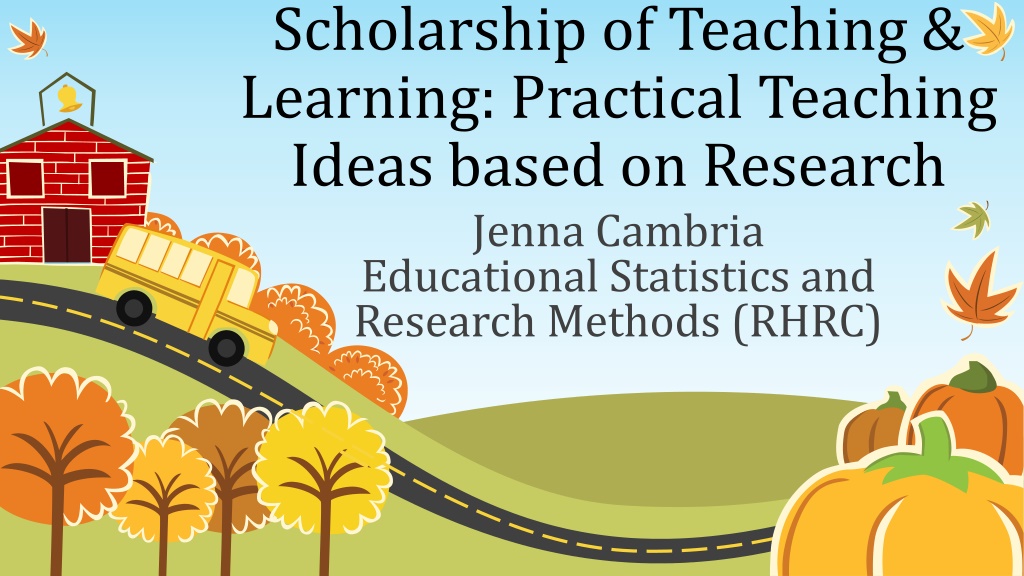
 undefined
undefined





























